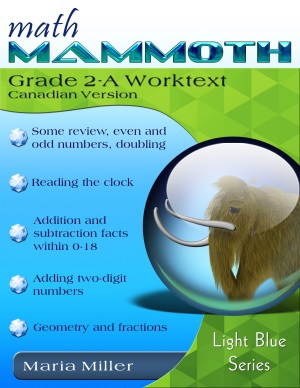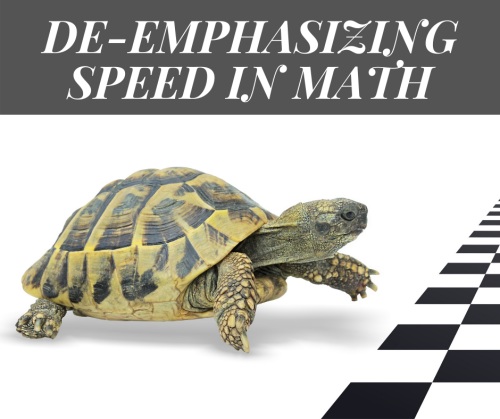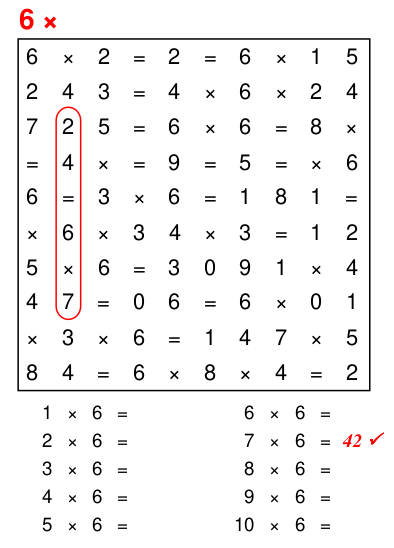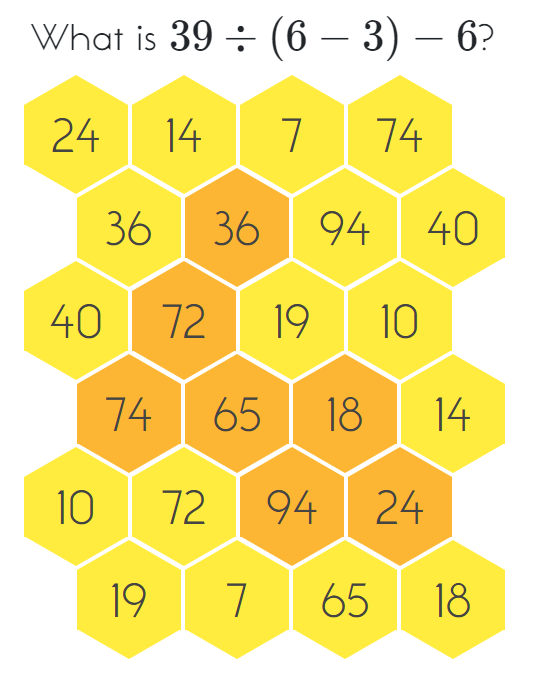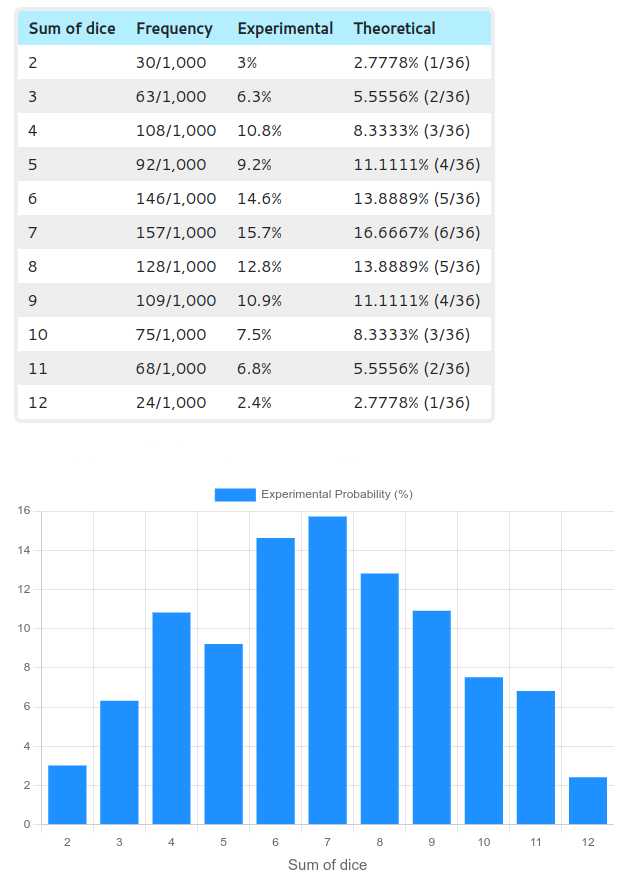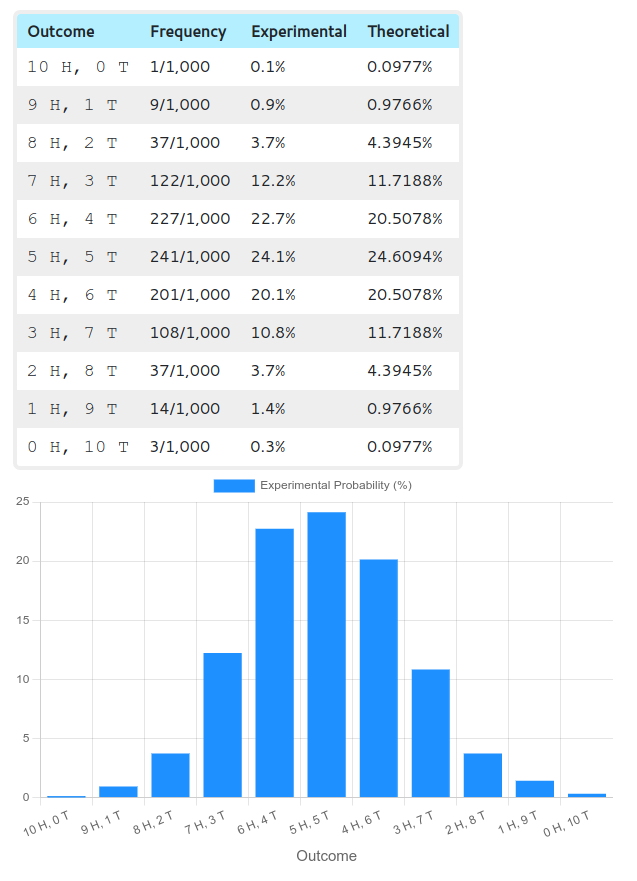 Hi again!
Hi again!
I hope you enjoy this month's collection of tips. 😀 |
1. Math Mammoth newsMath Mammoth Canadian version is now available for grades 1-3. Read more here!Lulu is currently running a sale for 15% off of all printed books, which means you can also get Math Mammoth books there at that discount. Use coupon code TRICK15. The offer is valid through October 8. To find Math Mammoth books at Lulu:
If you've purchased some grade level of Math Mammoth complete curriculum in the past and have noticed that the Internet resource link lists in the chapter introductions contain a lot of non-working links (e.g. Flash), you might like to know that we have updated and replaced all those links. If you purchased a digital version (since September 2016) at mathmammoth.com, you can request a new download link here. If you purchased a digital version earlier, or somewhere else, you can contact us to get updated files. If you have printed books, contact us to get access to the online versions of the updated link lists. Another new testimonial in... I just wanted to say THANK YOU for creating an amazing math curriculum! I am a teacher of 14 years now turned homeschool mom of a kindergartener! I looked for a while before hearing about your program. I was not finding anything I liked and thinking I was going to need to create my own (which is what I did a lot during my teaching years because of gaps in curriculum). A friend told me about your program and how much they loved it for their children (now in high school). After just finishing level one (just starting level 2) I can see why this family loved the program! I am completely hooked! I have told many of my friends about this great program and how using it they can feel confident their children are learning the standards and the steps preparing them for the equations....they will be ready for HS math!!! I just want to say thank you for putting the immense amount of time and effort it took to create each of these levels and materials!!! : ) |
2. Is SPEED in math important?What do you think of SPEED in math? Is it important? How important?While there is a benefit in quick recall of basic facts, the DANGER in emphasizing speed is that it can create math anxiety. It also goes along with the view that math is all about correct answers, nothing else. One has to keep a balance. You don't want children to get stressed over speed, nor learn that the only thing that matters is getting the right answer. I want my children (and all other children I teach directly or via my materials) to view math as something beautiful and enjoyable — an area of life where you get to learn, you get to DISCOVER, you get to see connections, and yet you also get to succeed as you solve both easier and more challenging problems and puzzles. That said, I'm not against drills and speed drills as long as the child can handle those emotionally speaking, and as long as the child knows and can experience that that's not all there is to math. There's some great food for thought in Donna Boucher's article De-emphasizing speed in math. Here's a quotation from it: I recently spoke to the mother of a 1st-grade student who told her mom that she was bad at math because everyone in the class could answer so much more quickly than her. Heartbreaking. Six years old and already feeling that she is a failure at math. It got me thinking about what instructional shifts are needed in our math classrooms to de-emphasize speed in math and place more of an emphasis on reasoning and understanding.Continue reading. |
3. Multiplication table searchesFrom my newsletter 10 years ago... Table searches — a FREE resource for multiplication tables. Table searches are like word searches but you search for multiplication facts instead. 🙂 |
4. Hexingo — order of operations gameNEW at Math Mammoth Practice! A game for order of operations.This game can be used, not only to practice the order of operations, but also to practice addition or subtraction of several numbers (in grades 1-2). |
5. Virtual dice roller and coin tosserMy son made a virtual dice roller for MathMammoth.com. Go ahead and play around with it! 😄 You can choose the number of dice, and how many rolls to do. It shows you a bar graph of the results (the sum of dice), and a table of the experimental and theoretical probabilities.One thing this is useful for is to observe how the experimental probabilities get close to the theoretical ones, as the number of repetitions increases. Then, the coin tossing tool allows you to choose the number of coins, the number of repetitions, and the probability of getting a tail (for a weighted coin... normally this is of course 50%). The outcomes refer to the number of heads (H) and tails (T). These two tools are actually useful for the Math Mammoth curriculum, in the grade 7-B student book. |
6. Just for fun!
Thanks for reading! 🙂 Feel free to forward this issue to a friend/colleague! Subscribe here. Till next time, Maria Miller |
| Privacy & your personal data | Contact | Math Mammoth freebies | Placement tests |
| Complete curriculum | The Book of Revelation video study, part 1 | Visit us on Facebook | Newsletter Archives |
